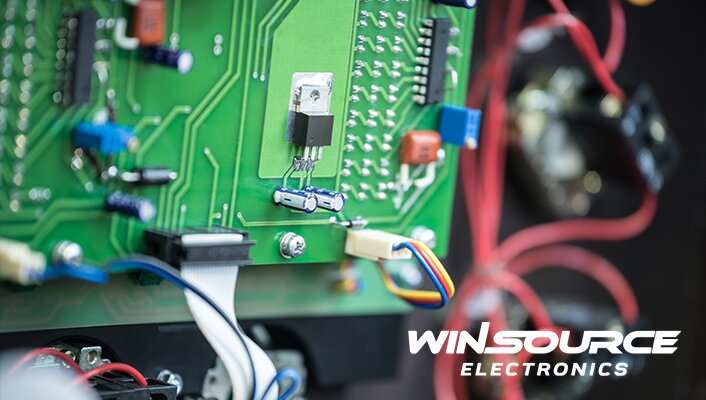
Table of Contents
ToggleIntroduction
Relays are valuable electrical components used in a wide range of applications from automotive systems to industrial automation. These electromechanical switches provide a versatile method of controlling high-power devices using low-power signals. However, knowing how to properly connect relays is critical to ensuring they operate reliably and safely. In this relay wiring guide, we’ll explore the basics of relays, discuss their various applications, and provide step-by-step instructions on how to properly wire a relay.
Learn about relays
What is a Relay: A relay is an electromechanical device that acts as a switch, allowing low-power control signals to control high-power circuits. It consists of a coil, an armature and one or more sets of contacts.
Types of Relays: There are many types of relays, including electromagnetic relays, solid state relays, and reed relays. Each type serves a specific purpose and has unique wiring requirements.
Common applications of relays
Automotive Applications: Relays are widely used in vehicles for functions such as turning on headlights, controlling radiator fans, and powering starter motors.
Home Automation: In home automation systems, relays are used to control lighting, HVAC systems, and security devices.
Industrial Automation: In industrial environments, relays play a vital role in controlling machinery, motors, and other high-power equipment.
How to connect a relay correctly
1. Gather materials: Before you start wiring, make sure you have all the necessary components, including relays, control switches, power supplies, and loads (the devices you want to control).
2. Identify the relay pins: Inspect the relay and locate the coil pins and common, normally open (NO) and normally closed (NC) contact pins. These pins will be labeled on the relay.
3. Connect the control circuit
- Connect one coil pin to the positive terminal of the power supply.
- Connect the other coil pin to the control switch.
- Connect the control switch to the negative pole of the power supply to complete the control circuit.
4. Connect the load circuit
- Connect one end of the load (the device you want to control) to the common (COM) pin on the relay.
- Connect the other end of the load to the normally open (NO) pin on the relay.
5. Test the wiring: Before completing the wiring, test the relay to make sure it operates as expected. Activate the control switch and the load should turn on.
6. Other matters needing attention
- Ensure proper grounding to prevent the risk of electric shock.
- Use appropriate wire size to handle the current required by the load.
- Use terminal blocks or soldering for secure connections to ensure reliability.
7. Solid State Relays (SSR): If using solid state relays, follow the manufacturer’s guidelines because they have no moving parts and operate differently than electromagnetic relays.
In conclusion
Relays are important components in a variety of electrical and electronic applications, providing a safe and effective way to control high-power equipment. Proper wiring of relays is essential to ensure the required functionality and safety of the circuit. By following this relay wiring guide and understanding the principles behind relay operation, you can confidently incorporate relays into your projects, whether in automotive, home automation, or industrial settings.

COMMENTS